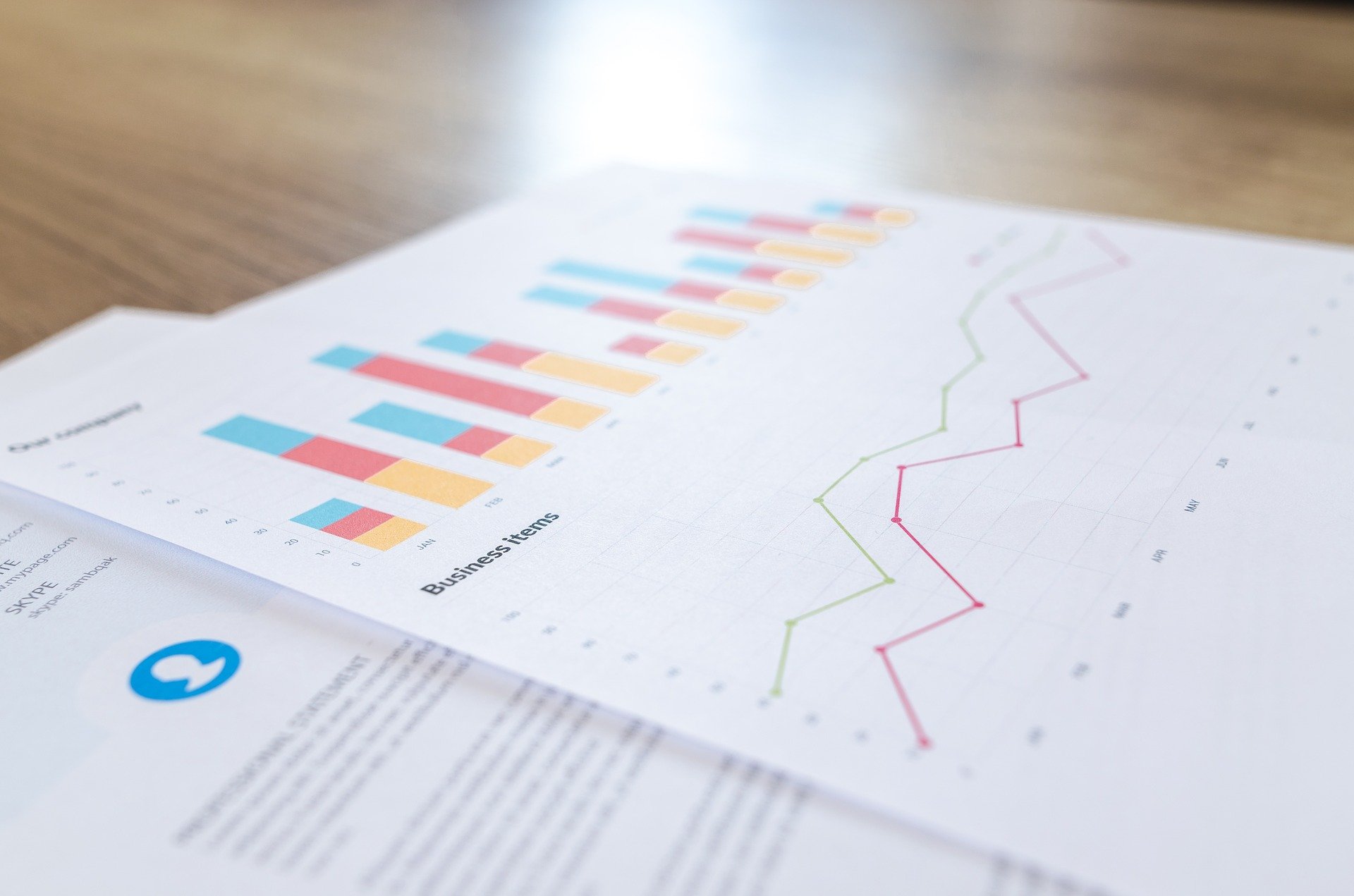
If you are prepared to invest your hard-earned money in the stock market you should understand that there is an element of risk attached to your financial speculation and that is why you want to find investments that offer a margin of safety.
This could be when you find a stock that you believe is undervalued and, therefore, there is a perceived safety net scenario where you could get your calculations slightly wrong but still end up on the right side if you have calculated your margin of safety accurately.
Finding a breakeven point and making use of a margin of safety is not just a strategy you use to invest in stocks and it is a discipline that can be deployed in a business situation too.
Here is an overview of what a margin of safety is and how to use it to invest or plan your business strategy more wisely.
A fundamental point to bear in mind about a margin of safety is that it very aptly describes what it is designed to achieve, which is to use a calculation that allows you a certain amount of educated guesswork when certain factors can be accounted for with absolute accuracy.
In an investment scenario, you might use a mixture of qualitative and quantitive factors such as weighing up a company’s management and industry performance in order to arrive at a figure that you believe they are worth overall.
If their intrinsic value demonstrates that the share price offers an opportunity for upside that would be an example where you have identified a margin of safety that allows you to get your calculation slightly wrong but still stay on the right side of a profitable situation.
The same process and line of thinking can be applied in a business accounting situation and a margin of safety is generally viewed as a very useful financial metric.
From an accounting perspective, the margin of safety would be the calculation of the disparity between actual or forecasted sales compared to sales at the know breakeven point.
Having this number would allow a business to identify how much leeway they have between forecasted sales and actual sales before a loss would be incurred.
Another way to look at exactly what a margin of safety is would be to understand that it is a figure that tells you how much sales could fall before the company descends into a loss-making situation.
If you are running a company producing goods you can use this established accounting formula to make a calculation that helps you arrive at a breakeven point.
For example, if you work out that you need to sell 100 units to break even and your forecast estimates you will sell 150 units the margin of safety would be 50 units. This tells you that the margin of safety is 50 units, and you could lose that number of sales before you start to lose money.
Once you know that breakeven point you know your margin of safety, which could be useful in many different situations, whether it is investing in stocks or trying to run a profitable business.